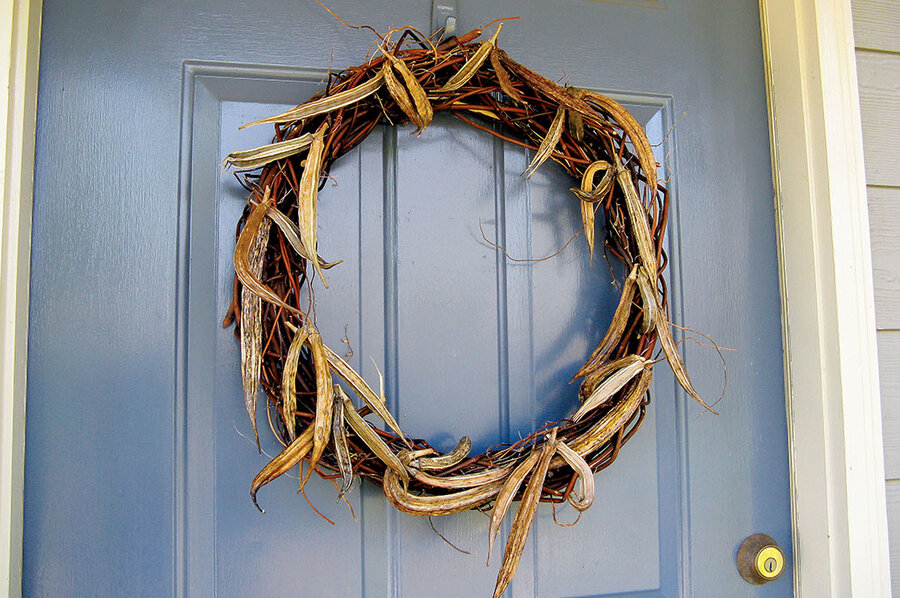The best use for okra?
Loading...
Since I’m from the South, you might think that I’d like the taste of okra. You’d be wrong. I suppose it’s an acquired taste, but I say, why bother?
Okra is what botanists call “mucilaginous.” In other words, it’s known for its slime, or goo. The plant originated in West Africa, Ethiopia, or perhaps South Asia, and it has been eaten since at least the 1100s by Egyptians and Moors. It spread to Africa, and the slave trade brought it to the American South in the early 1700s. Thomas Jefferson noted that it was well established in Virginia by 1781.
I’ve tried okra lots of times, lots of ways: in stews, pickled, even deep-fried. I cannot think of a single food item that I don’t like deep-fried, including pickles, Snickers candy bars, Oreo cookies, Twinkies, butter (you know, the usual stuff). Except for okra.
With that attitude, this may come as a surprise: I grow okra.
Now there’s a difference between me and someone who doesn’t eat tomatoes but nevertheless grows them. A tomato isn’t much good for anything other than eating. Okra, on the other hand, has a beautiful flower and pods worthy of satisfying a crafty urge.
The seedpods are interesting looking, even architectural. Dried, they can be used in their natural form or painted fall or Christmas colors and used as decorations, even garlands. (They also make great “fingernails” for a Halloween witch costume. File that idea for next year.)
Okra pods mature just in time to make a fall wreath for the front door. The pods need to be dried, and their stems trimmed. Paint them with a water-based polyurethane, a color, first, if you like, then with a coat of poly to weatherproof them. Let them dry. Using a thick pin or large-gauge needle, poke a hole in each stem. Group the pods in threes and thread them onto short pieces – six or seven inches long – of 24-gauge copper wire.
Attach the okra-pod clusters to a wreath form, either one you buy or one you make yourself from garden trimmings. My friend Frances, author of the “Fairegarden” blog, uses willow wands to make wreath forms (see picture). And in case you’re wondering, Frances won’t eat okra, either.
To me, an okra wreath makes the perfect statement of welcome. It may also warn visitors that okra is welcome, but only as a trophy on the front door.






